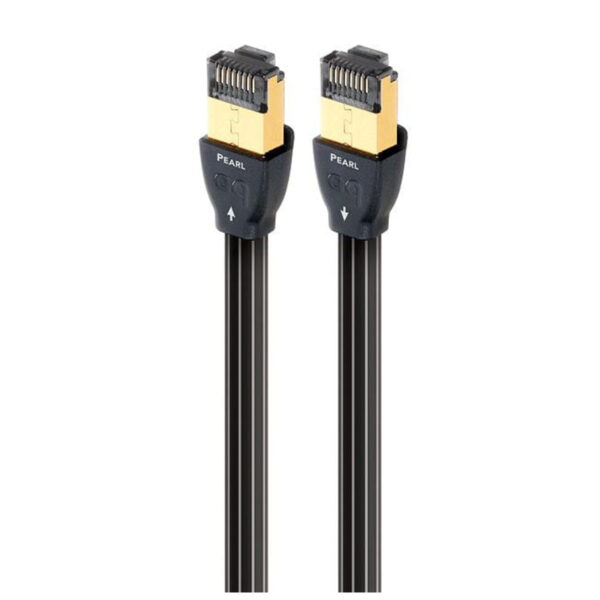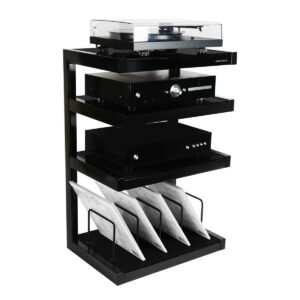1 ITEMView cart
Subtotal: €12.50

Gratis verzending!


€39.00 – €199.00
Brand: AudioquestAudioQuest Pearl RJ / E CAT7 (Ethernet) Cable
Over the past few years, there has been a revolution in the way people store, distribute and access their digital media, such as photos, movies and of course music. Because we no longer depend on physical carriers, our media nowadays usually consists of data that we can move across multiple devices and multiple locations. For audio applications and protocols, Ethernet offers the advantage of high speed, low time delay (latency), the possibility to transport over long distances (300 meters without active booster or repeater), extremely low jitter and bit-perfect communication. Who doesn’t want all these benefits!
SOLID LONG-GRAIN COPPER (LGC) CONDUCTORS: Solid conductors prevent mutual interference between wires in twisted pair cables. The solid Long-Grain Copper in the Pearl provides a smoother and brighter tone than is possible with cables using plain OFHC (Oxygen-Free High-Conductivity) copper. OFHC is a generic specification in the metal industry that only looks at “loss” without regard to distortion. LGC has fewer oxides in the conductive material, fewer impurities, fewer interfaces between the copper atoms, and certainly offers better audio performance.
HIGH-DENSITY SOLID POLYETHYLENE INSULATION: Any solid adjacent to a conductor is in fact part of an imperfect circuit. Cable insulation and printed circuit board materials absorb energy (loss). Part of this energy is stored and released again as deformation. High density solid polyethylene insulation ensures that critical cable geometry remains intact, while minimizing phase disturbances caused by insulation.
CONNECTIONS: Gold plated nickel connectors with 100% shielding.
HIGH SPEED DATA CAPACITY: The CAT 7 specification has been developed to enable 10 Gigabit Ethernet over 100m copper cable.
DIRECTIONALITY: All audio cables are sensitive to direction. The correct direction is determined by listening to each batch of metal conductors, such as those used in all AudioQuest cables. Arrows on the plugs clearly indicate the correct direction to ensure optimal sound quality. For best results, the arrows should point in the direction of flow of the signal. For example from a NAS to the Router, or from the Router to a Network player.











Notifications